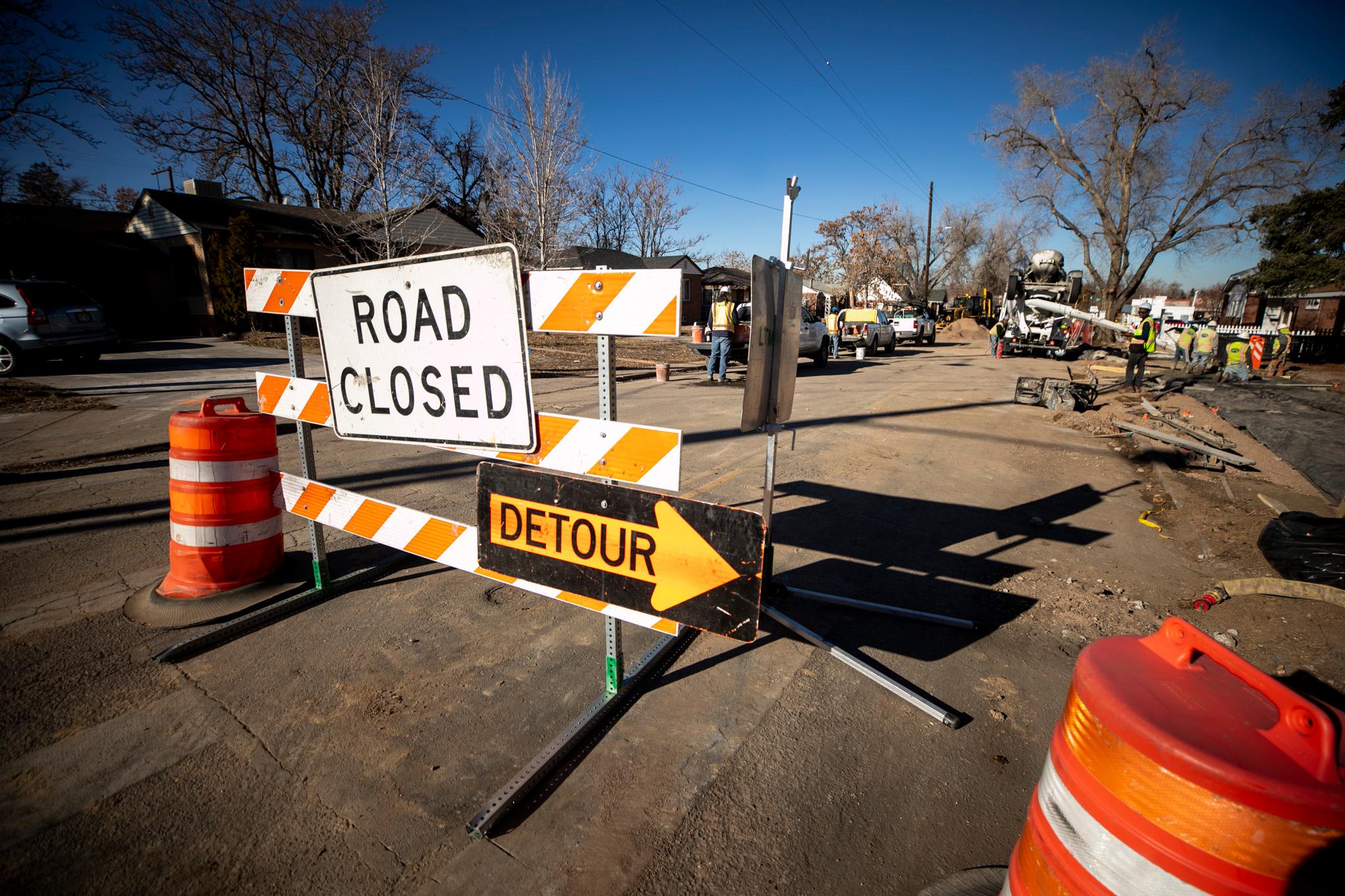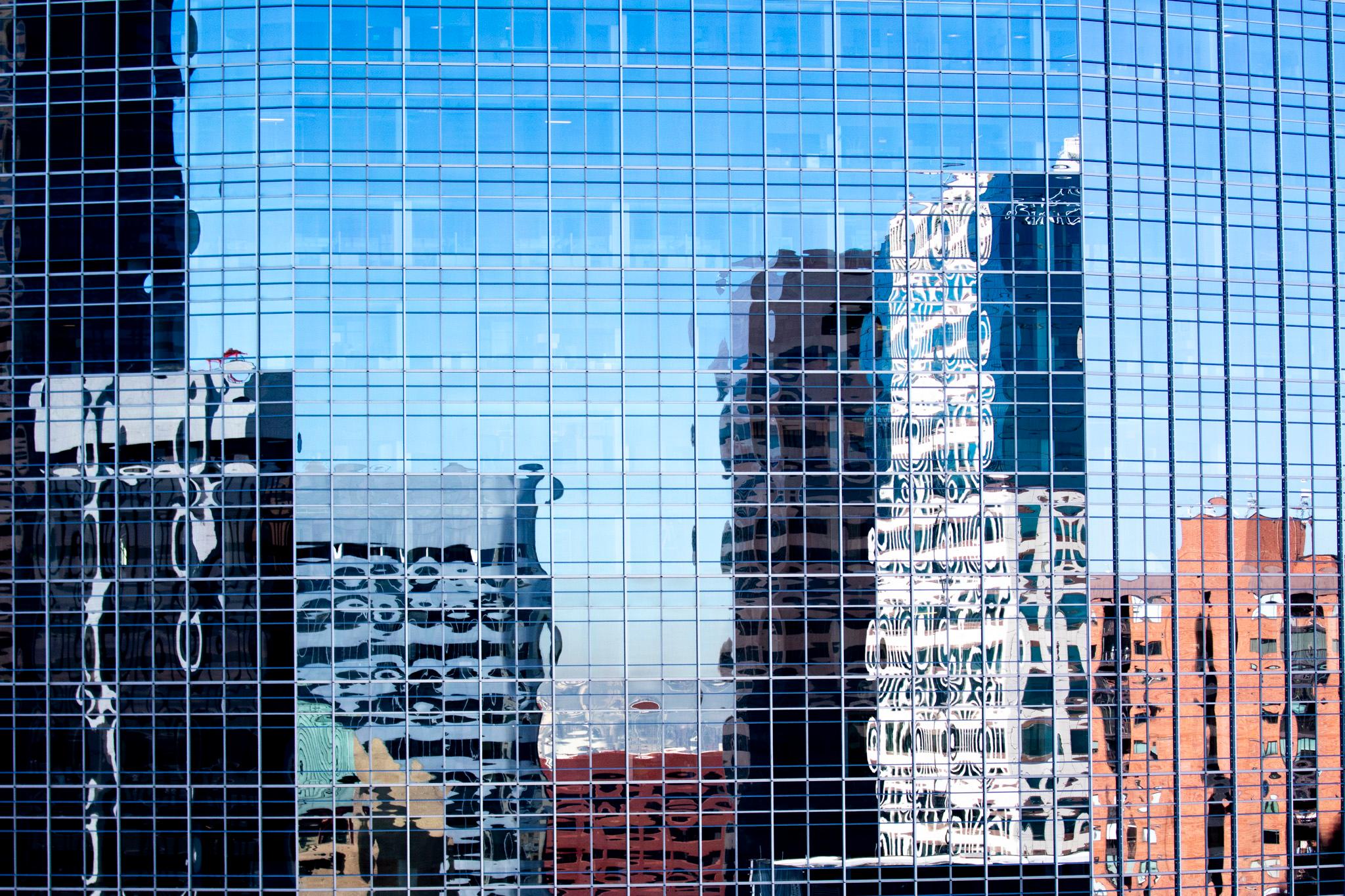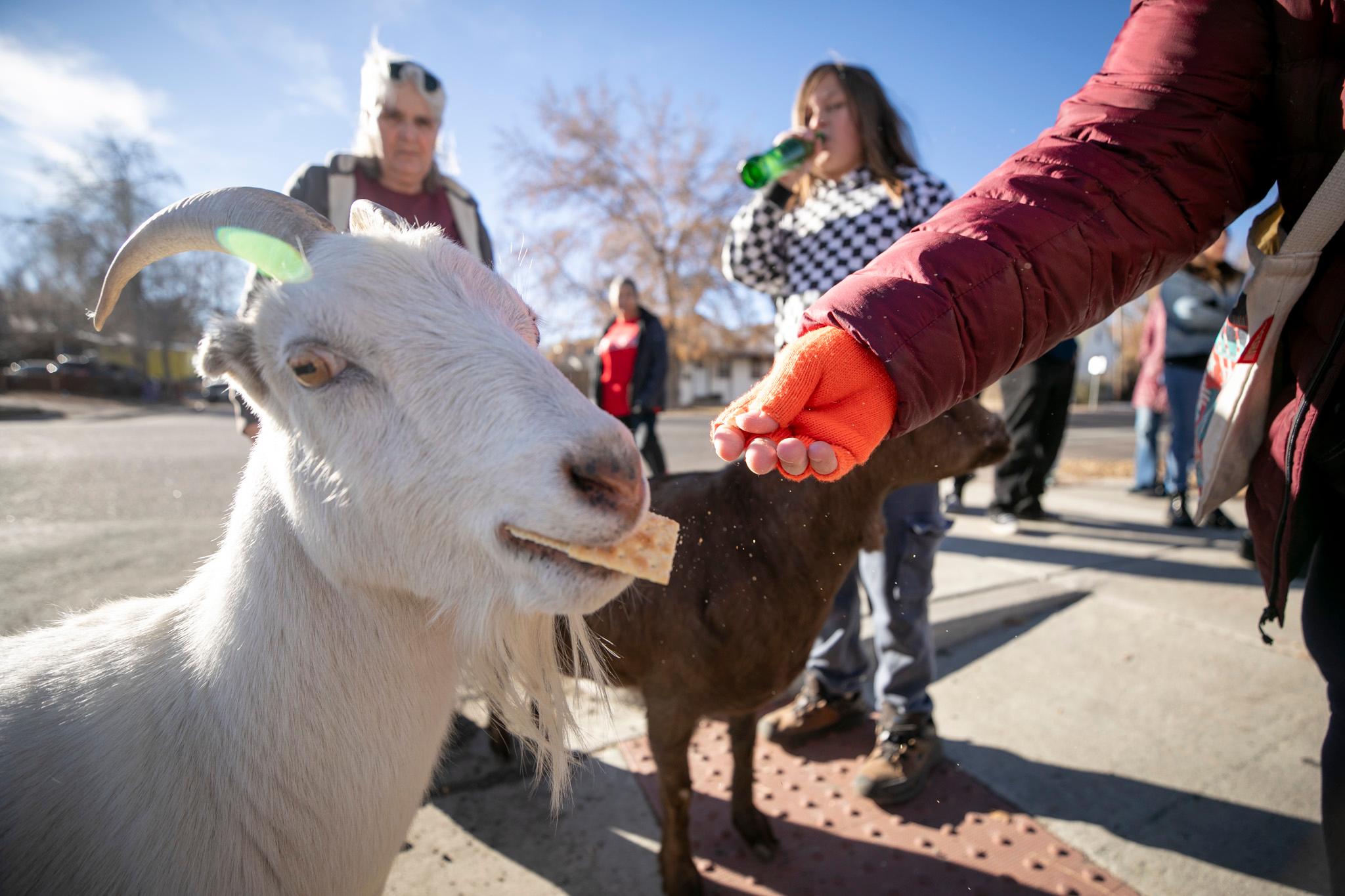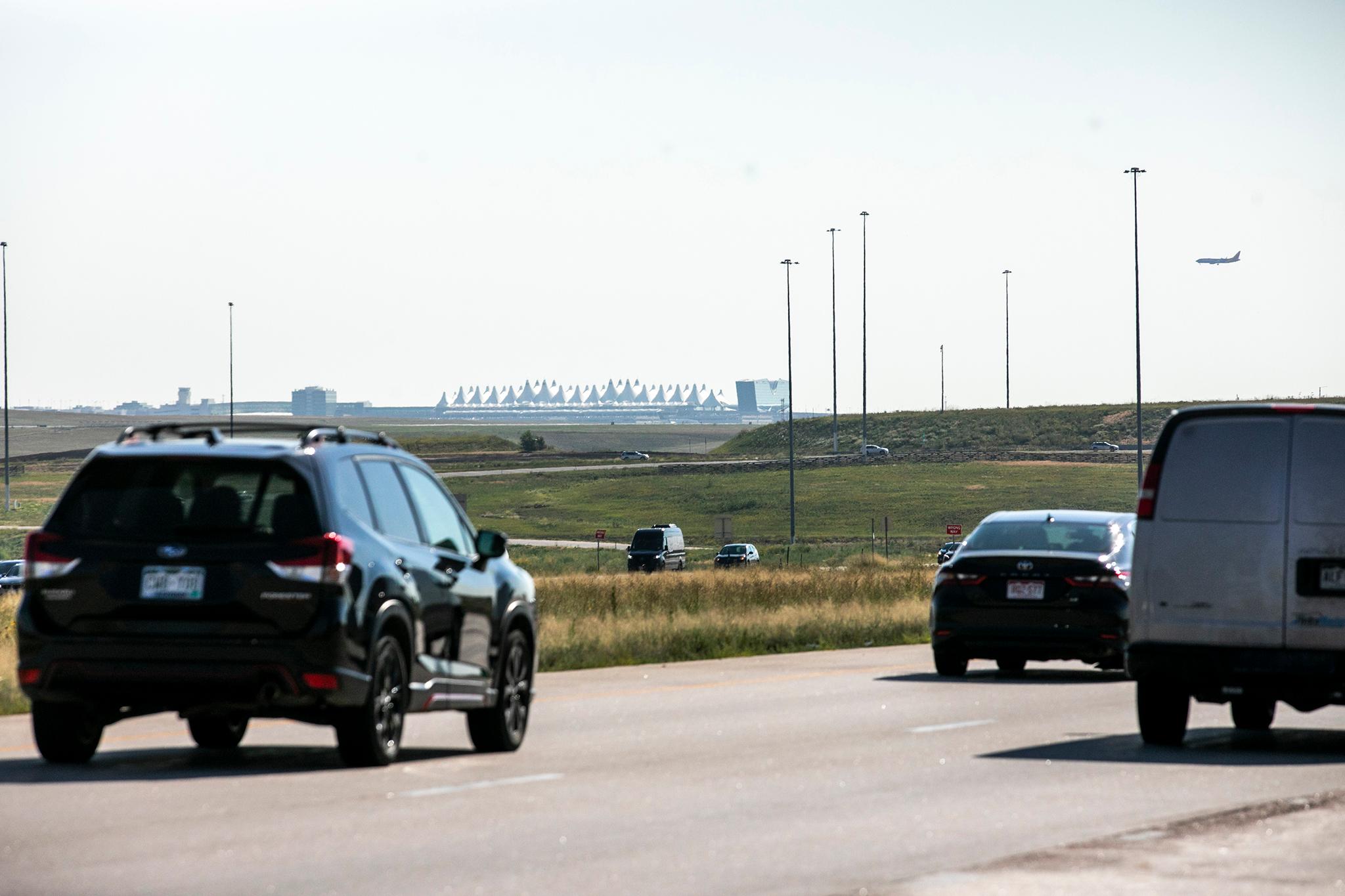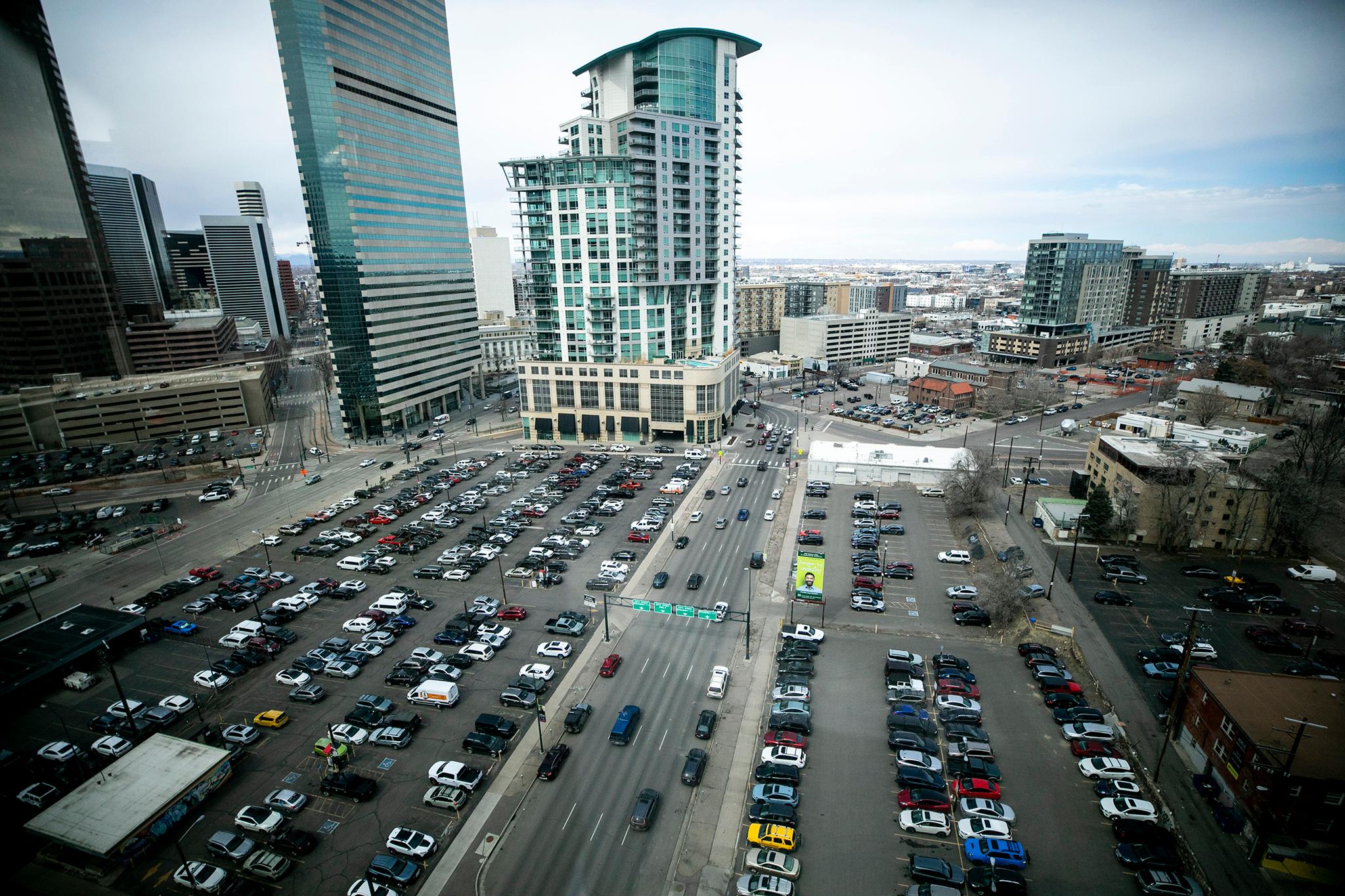
By Susan Barnes-Gelt
The day before Christmas nearly every windshield on every car parked on on the west side of Cheesman Park was smashed.
Despite the thousands of young urbanites flocking to River North, the bike path from Coors Field to I-70 remains overgrown, dark and vaguely ominous -- especially at dawn and dusk. Affordable housing is Denver's favorite oxymoron. Families can't afford to live in urban neighborhoods.
Denver’s low unemployment rate and rapidly rising property values may be masking an increasing disconnect between Denver’s cheerleading mayor and the people of the city.
Weekly press releases from the mayor’s office trumpet Denver’s prominence as one of the nation’s Top Ten Cities for ... you name it, but an increasing mood of anxiety and caution underlies the happy talk.
Mayor Hancock’s State of the City address this year hinted at Denver’s growing disparity:
Denver is employing more people than at any other time in our history and making improvements that will keep Denver moving forward for decades to come. For too many people, the benefits of a strong economy remain out of reach and too many neighborhoods remain overlooked and underserved. Everyone deserves the opportunity to share in this prosperity. This is our call to action.
As we approach the new year, that call to action begs a plan and implementation strategy.
Voters seem increasingly wary of City Hall’s cozy and frequently opaque relationships with developers. The City Council rarely turns down a development proposal, instead urging concerned neighbors and developers to negotiate an unenforceable Good Neighbor Agreement.
The new zoning code calls for more density in urban neighborhoods, but anticipated investments in parks, open space and dedicated bike and bus lanes remain elusive. The 2004 voter approved tax increase for a comprehensive metropolitan multi-modal transit network -- FasTracks -- is stalled and underfunded. Skittish RTD directors and local officials seem unwilling to reprioritize or ask voters for more money.
Adding insult to injury, the Colorado Department of Transportation’s new policy for HOV lanes defines high occupancy as three or more passengers. Never mind the proliferation of smaller, two-seater dual-fuel and electric vehicles.
Is the city safe?
Graffiti covers nearly every dumpster in the core city. Homeless men sleep on abandoned couches and set up tents in city parks, and the city’s bike paths are littered with used needles, old sleeping bags and trash. There’s barely a corner in Capitol Hill that’s not occupied by someone asking for a handout. According to police department statistics, Denver’s year-to-date violent crime rate is on par with 2015, but larceny, thefts from vehicles and aggravated assault are increasing.
A great city is more than a slogan, more than six major league sports teams, more than a spot on some pundit's top-ten trend list in some fill-in-the-blank publication.
Safety is implicit to every definition of a great city. Clean and accessible fill out the list. If Michael Hancock wants a third term as Denver’s mayor, he better get back to the basics.
Civic activist Susan Barnes-Gelt served on the Denver City Council after working for Mayor Federico Pena. An outspoken advocate for quality development, she's been recognized by numerous civic and cultural organizations including The Presidents Committee on the Arts & Humanities, Historic Denver, the Colorado Chapter of the American Society of Landscape Architects and the Western Region of the American Institute of Architects.

